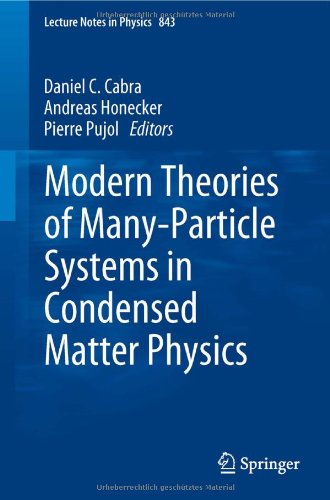

Most ebook files are in PDF format, so you can easily read them using various software such as Foxit Reader or directly on the Google Chrome browser.
Some ebook files are released by publishers in other formats such as .awz, .mobi, .epub, .fb2, etc. You may need to install specific software to read these formats on mobile/PC, such as Calibre.
Please read the tutorial at this link: https://ebookbell.com/faq
We offer FREE conversion to the popular formats you request; however, this may take some time. Therefore, right after payment, please email us, and we will try to provide the service as quickly as possible.
For some exceptional file formats or broken links (if any), please refrain from opening any disputes. Instead, email us first, and we will try to assist within a maximum of 6 hours.
EbookBell Team

4.4
32 reviewsCondensed matter systems where interactions are strong are inherently difficult to analyze theoretically. The situation is particularly interesting in low-dimensional systems, where quantum fluctuations play a crucial role. Here, the development of non-perturbative methods and the study of integrable field theory have facilitated the understanding of the behavior of many quasi one- and two-dimensional strongly correlated systems. In view of the same rapid development that has taken place for both experimental and numerical techniques, as well as the emergence of novel testing-grounds such as cold atoms or graphene, the current understanding of strongly correlated condensed matter systems differs quite considerably from standard textbook presentations.
The present volume of lecture notes aims to fill this gap in the literature by providing a collection of authoritative tutorial reviews, covering such topics as quantum phase transitions of antiferromagnets and cuprate-based high-temperature superconductors, electronic liquid crystal phases, graphene physics, dynamical mean field theory applied to strongly correlated systems, transport through quantum dots, quantum information perspectives on many-body physics, frustrated magnetism, statistical mechanics of classical and quantum computational complexity, and integrable methods in statistical field theory.
As both graduate-level text and authoritative reference on this topic, this book will benefit newcomers and more experienced researchers in this field alike.